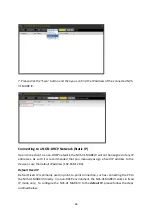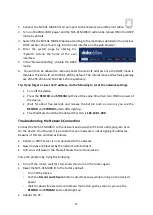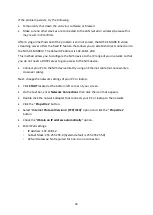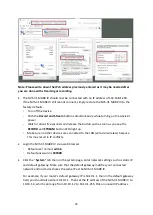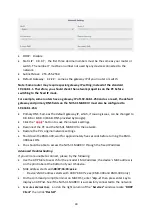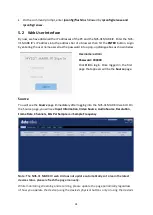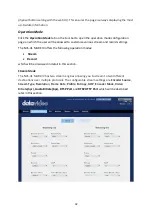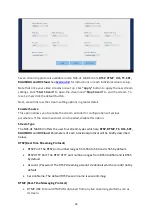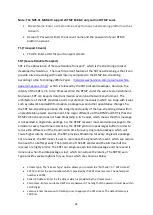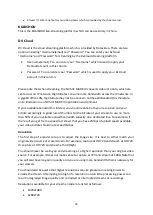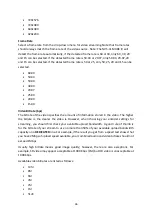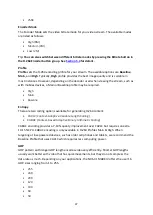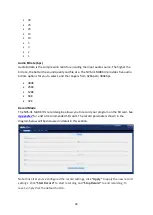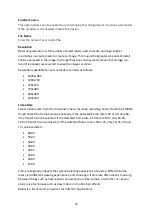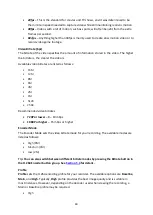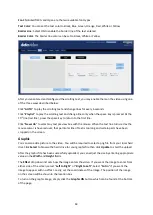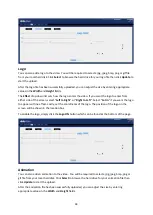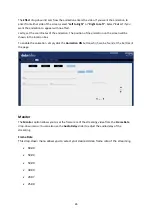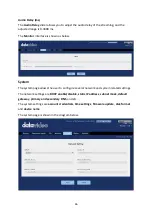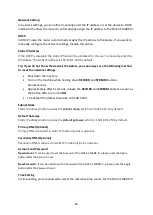
34
Note: The NVS-31 MARK IV supports RTMP Publish only and not RTMP Local.
Stream Name: Enter a stream name or key from any live streaming platform such as
Ustream.
Account / Password: Enter the account name and the password of your RTMP
platform account.
TS (Transport Stream)
TS URL: Enter a URL for your transport stream.
SRT (Secure Reliable Transport)
SRT is the abbreviation of “Secure Reliable Transport”, which is the streaming protocol
developed by Haivision. The most important feature of the SRT live-streaming is that it can
provide a live-streaming with lower latency compared to the RTMP live-streaming.
According to the Technology White Paper
http://www.haivision.com/resources/white-
which is released by the SRT protocol developer, Haivision, the
latency of the SRT is 2.5 to 3.2 times less than the RTMP under the same test environment.
Moreover, SRT can keep its data transmission even in bad network environment. The
architecture of the SRT provides a built-in protection mechanism which can cope with issues
such as network bandwidth fluctuation, package loss and other quantitative changes. So,
the SRT live-streaming can keep the integrity and quality of the live-streaming video within
unpredictable network environment. The major difference of the RTMP and SRT is that the
RTMP video stream does not have timestamp in its header, which means that this message
is not existed in single data package. So, the RTMP receiver must send data package to the
encoder at every fixed time interval. So, the RTMP protocol needs larger buffer in order to
reduce the difference of the transmission time for every single data package, which will
cause higher latency. However, the SRT provides timestamp for every single data package.
For a receiver, the SRT makes it easy to reproduce the signal which is sent, which can reduce
the need for a buffer greatly. The bitstream of the SRT sender and the bitstream of the
receiver are highly similar. The SRT can recognize each lost data package and the resend is
done only when the data package is lost, which can reduce the latency. The SRT Stream
Type provides several options for you to set which are shown as below.
Stream Type: The “Stream Type” option allows you to select the “SRT Caller” or “SRT Listener”.
SRT Port: Enter the port number which is provided by the SRT stream server. The default port
number is 10001.
Caller IP Address: Enter the IP address which is provided by the stream server.
Passphrase: Enter your desired SRT stream password. The length of the password must be within
10-79 digits.
Latency: Enter the amount of latency in ms to apply to the SRT stream. The default latency is
1000 ms.







